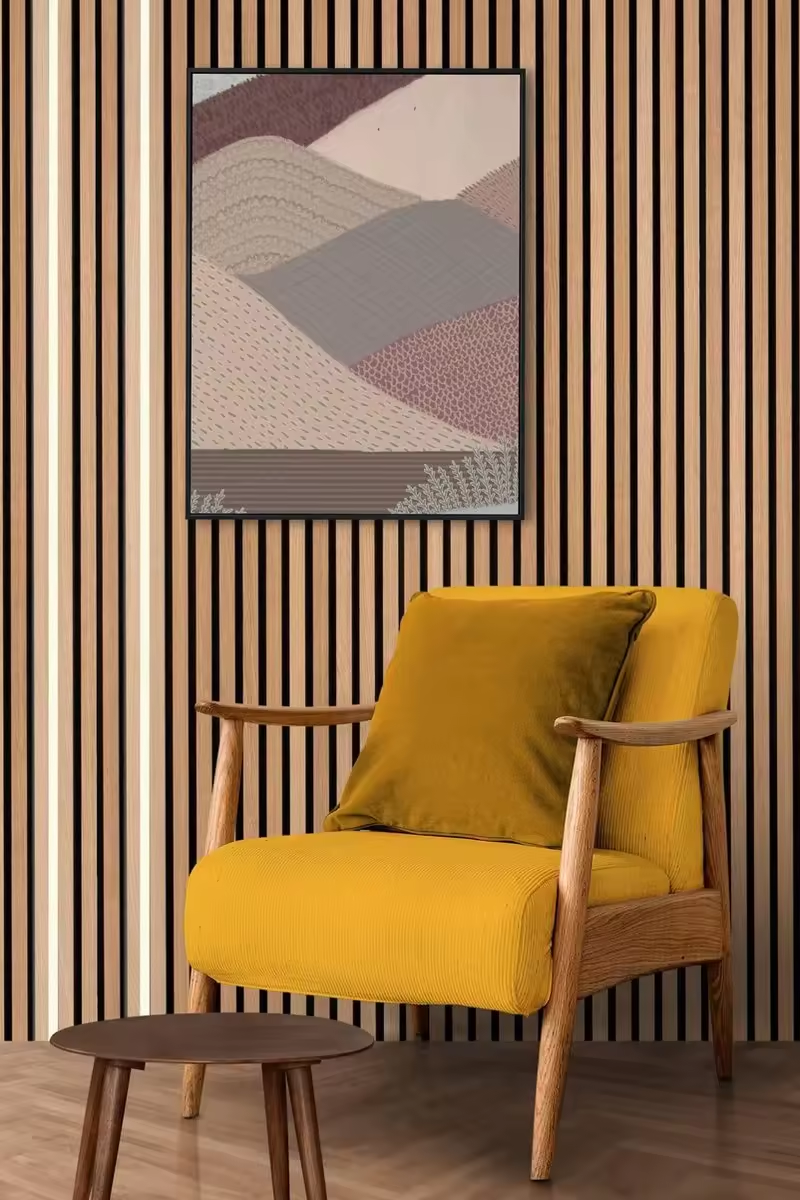The Aesthetic Appeal and Functionality of Decorative Soundproof Panels
In today’s fast-paced world, noise pollution has become a serious concern affecting our quality of life. The clamor of urban environments, the hustle and bustle of daily activities, and even the noise from technological devices can disrupt our peace. To combat this, many individuals and businesses are turning to decorative soundproof panels. These panels not only help in minimizing noise but also enhance the aesthetic appeal of any space.
Understanding Soundproof Panels
Soundproof panels are designed to absorb sound, thereby reducing noise levels in a given area. They are made from various materials, including foam, wood, textiles, and specialized acoustic fibers, each with unique properties that contribute to sound absorption. By strategically placing these panels on walls, ceilings, or even floors, one can create a quieter environment conducive to work, relaxation, or social interaction.
The Importance of Aesthetics
While functionality is key when it comes to soundproofing, aesthetics play a crucial role in the choice of soundproof panels. Traditional sound-absorbing materials often resembled industrial-grade products—simple, functional, but not visually appealing. However, modern decorative soundproof panels have transformed this perception. They come in a myriad of designs, colors, and finishes, enabling individuals to select options that complement their interior decoration.
From sleek geometric patterns to organic textures mimicking natural materials, the variety available today allows for endless customization. Businesses looking to enhance their office environments can find panels that reflect their brand identity, while homeowners can choose designs that resonate with their personal style. This dual functionality—enhancing both acoustics and aesthetics—is what sets decorative soundproof panels apart from traditional soundproofing solutions.
decorative sound proof panels

Applications in Different Settings
Decorative soundproof panels can be effectively utilized in various environments. In residential spaces, they can be installed in living rooms, bedrooms, or home theaters to create a serene ambiance, making them ideal for relaxation and entertainment. In commercial settings such as offices, restaurants, and recording studios, the reduction of ambient noise can significantly improve productivity, communication, and overall customer experience.
Additionally, these panels can be a valuable asset in educational institutions. Classrooms equipped with decorative soundproofing create conducive learning atmospheres, allowing students to focus better without distractions from external noise. Similarly, meditation or yoga studios benefit from soundproof panels that foster tranquility, enabling practitioners to immerse themselves more deeply in their experiences.
Sustainability Considerations
As design trends evolve, sustainability has also become a vital consideration. Many manufacturers are now creating soundproof panels using eco-friendly materials and production processes. This commitment to sustainability not only reduces the environmental impact but also assures consumers that their choices contribute positively to the planet.
Conclusion
Decorative soundproof panels represent the intersection of functionality and aesthetics in interior design. With the ability to effectively minimize noise while enhancing the visual appeal of any space, these panels have become a go-to solution for homeowners and businesses alike. As more individuals seek to create comfortable and stylish environments, the demand for attractive soundproofing options is likely to grow. Embracing decorative soundproof panels can ultimately transform spaces into havens of peace, beauty, and functionality. Whether in a bustling urban apartment or a busy office, these panels are a meaningful investment in quality living and working conditions.
